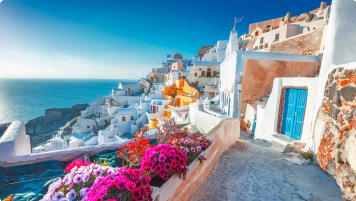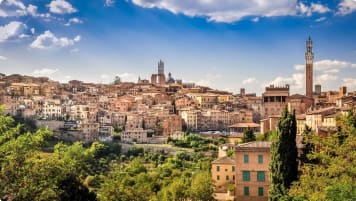Empires In World History
Empires shape history and influence the format of many of our small group tours. The Mongol, Persian, Roman, British and Ottoman empires are just a few An Antipodean travel company serving World Travellers since 1983 with small group educational tours for senior couples and mature solo travellers.
29 Jul 23 · 13 mins read
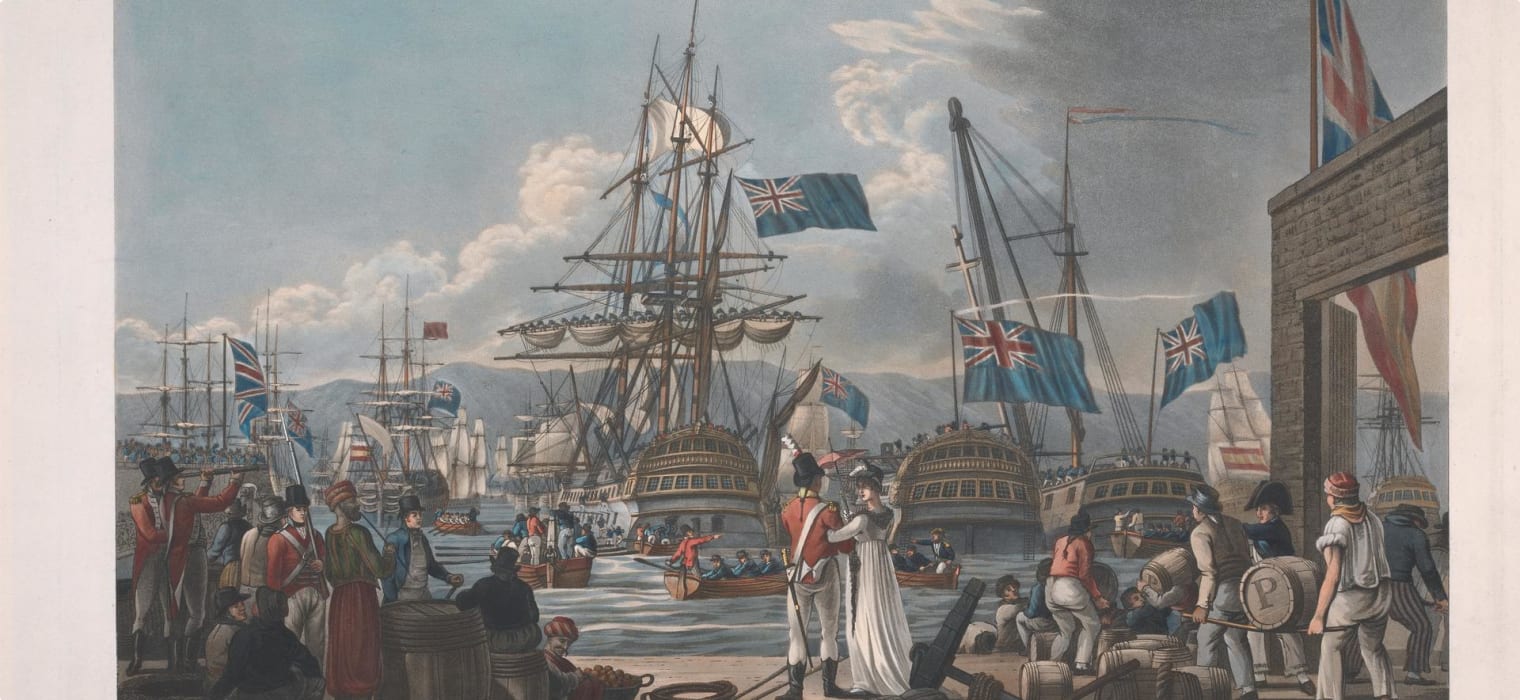
A History of Empires Throughout the World
By Marco Stojanovik
The history of human civilisation has been for the most part a history of empire. The term empire refers to the rule by a particular group in a political centre over a large amount of territory containing many diverse groups. An empire involves a core of one or several capital cities, in which elite citizenry live, ruling over a periphery of places, often in distant countries, inhabited by a variety of ethnicities from lower classes.
From the earliest empires on the Mediterranean and in the Middle East, to the European empires spanning the globe in modern periods, there are no shortages of examples. Promoters of empire, in whatever time and place, championed its merits and the benefits that it brought to both the colonizing and the colonised. Anti-colonialists, by contrast, saw in imperial rule humiliating battlefield defeat, unwarranted political domination, economic exploitation, social disenfranchisement, and cultural alienation.
Since the largescale process of decolonisation that occurred in the 20th century, observers have tended to take a more anti-colonial perspective. Even so, there are many colonial holdings that still remain under the control of European states to this day, while colonial legacies continue to reverberate around the world.
Read on for a world history of empires and their ‘achievements’, impacts, and legacies – intended as background reading for Odyssey Traveller’s small group guided tours around the world. For even more information, readers are urged to take a look at Robert Aldrich’s book Age of Empires, the first chapter of which was adapted to create this article.
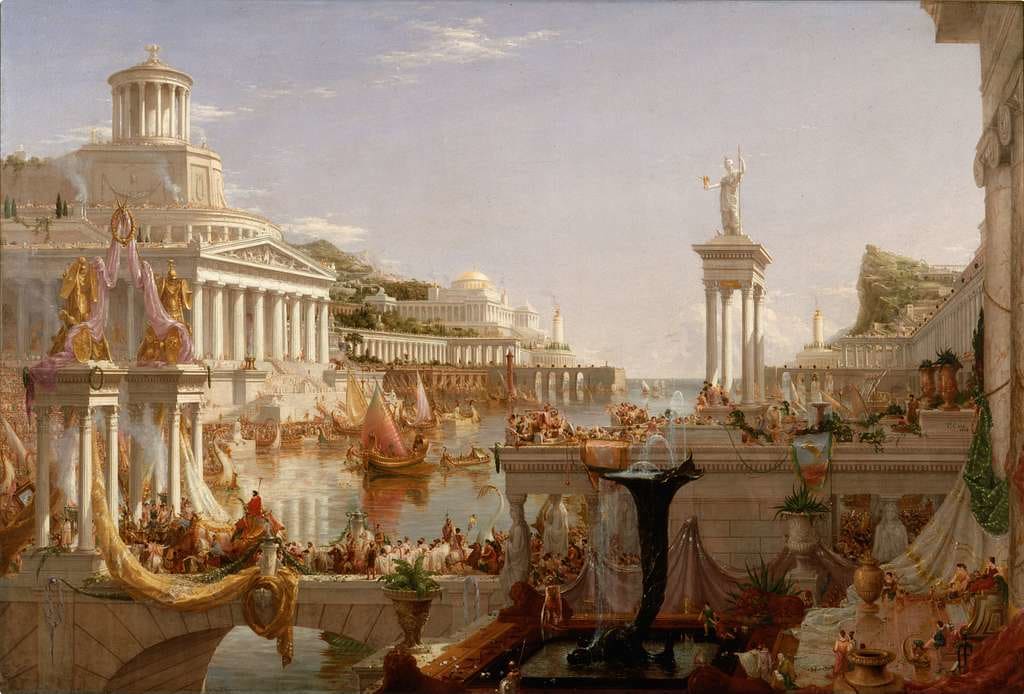
Pre-Modern Empires (Before 1500 CE)
The origins of empires lay in history’s earliest epochs. The ancient Egyptian pyramids were constructed for empire-builders, pharaohs who conquered Nubia and used coerced labour to raise their mausolea. The biblical Nebuchadnezzar ruled an empire in Babylon. The Greeks established colonies of settlers around the Mediterranean, and the Hellenistic Alexander the Great pushed his empire towards the Himalayas and the Ganges.
Then the Roman empire emerged to dominate all, eventually stretching from the borders of Scotland to Syria, from Spain to the Black Sea. So profound was the Romans’ imperial imprint on the world that later colonizers would study their writings and try to emulate their deeds. With the decline of ancient Rome, the imperial idea lived on for another thousand years in the east in the Byzantine Empire. While in western Europe the imperial zest was taken on by Charlemagne in 800 – and though his empire was later fragmented among his sons, the vacuous title of Holy Roman Emperor that he invented endured until the beginning of the nineteenth century.
New empires also formed in the long Middle Ages as a result of clashing civilisations. Muslims expanding from Arabia created an empire in North Africa that crossed the Straits of Gibraltar to southern Spain, stopped only by the Christian Charles Martel at Poitiers in 732. Meanwhile, the Crusaders surged into the Middle East on what they believed to be a God-blessed mission to liberate the Holy Land from the infidels, setting up puppet kingdoms in Cyprus and the Levant.
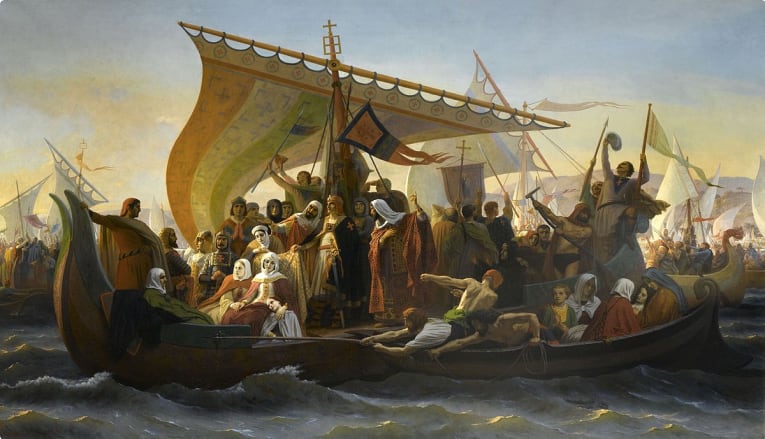
Meanwhile, in different types of expansion, Venice created a trading empire around the Adriatic, and Norsemen sailed to Britain, Normandy, Russia, and Sicily, leaving Viking settlements wherever they landed.
Nor were early empires restricted to Europe. The Han Chinese created an empire in East Asia, only to be conquered in turn by the Mongols and then Manchurians, and Chinese imperial influence ultimately covered a vast expanse of eastern Asia, from Tibet to Vietnam to Mongolia. The Srivijaya empire spread through insular southeast Asia, while the rulers of the Champa, Pagan and Khmer empires battled over mainland southeast Asia. The Mughal emperor gained control of much of south Asia – and the Japanese emperor ruled the huge Japanese archipelago, at times extending his domains much further.
In South America, the Aztecs and Incas ruled domains that might well be called empires, as did various chieftains in sub-Saharan Africa. Forms of imperialism thus appeared throughout the world.
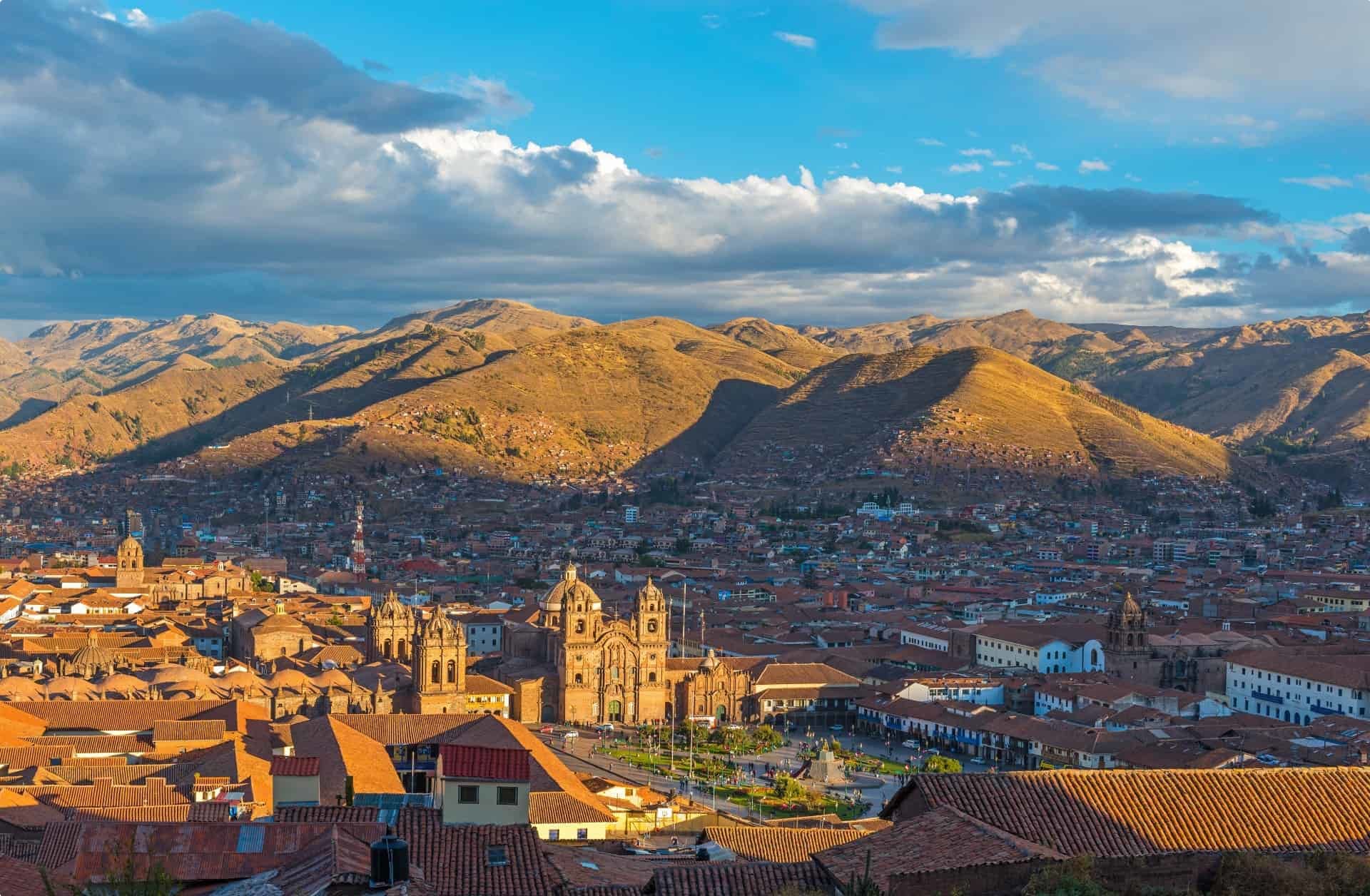
Modern Empires (From 1500)
Empires have been a constant feature of the political landscape in the modern period of Western history, from the Renaissance to the present. Following early European experiences, empire builders conquered new domains, settled expatriate populations, channelled trade, and set up structures of government. New suzerainties were spread over what the imperialists branded primitive societies in Africa and Oceania and over the ‘decadent’ cultures in the Middle East and Asia.
The extent of modern imperialism since the 1500s is truly global. From 1492, the year Columbus reached the Americas, until about 1800, several European empires embarked on a large-scale colonisation of the islands of the Caribbean and the North and South American continents. By this time, the European powers had also established numerous trading outposts around the coast of Africa and the Indian subcontinent and onwards to East Asia. Then in the early decades of nineteenth century, the time by which almost all the American countries had gained independence, the imperialists turned to expand into the hinterlands of their Asian and African beachheads.
The British empire dominated, reigning over between a quarter and a fifth of humanity and the planet by the early twentieth century. The French empire followed in second place, claiming 11 million sq km (4.25 million sq miles) and 100 million citizens and subjects.
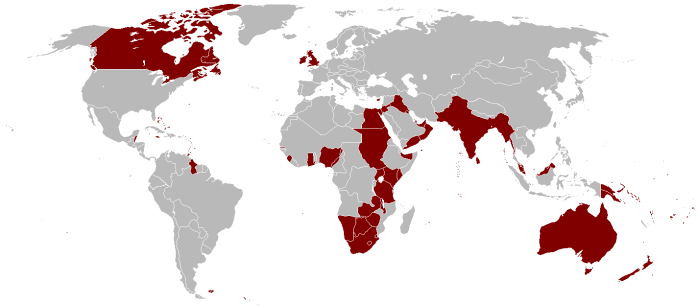
By the mid-1930s, the zenith of the ‘new’ imperialism, all southern and southeast Asia was ruled by Europeans, except for such largely inaccessible Himalayan regions as Bhutan, as well as Thailand, maintained as a buffer between the French and British colonies. Most of China and Japan had escaped European takeover, though from the mid-nineteenth-century Opium Wars onwards, Westerners had demanded concessionary trade and political privileges from China. Japan, forcibly opened to the West by ‘gunboat diplomacy’, imitated European imperialism by taking over Korea, Taiwan and islands in Micronesia.
The new Communist rulers of the Soviet Union after 1917, meanwhile, had essentially recreated the old Tsarist Russian empire along new Marxist lines, all the way from the Baltic to Central Asia and the Pacific Ocean. And the United States, after fulfilling its ‘manifest destiny’ to spread from the Atlantic to the Pacific, replaced Spain as imperial overlord in the Philippines. Further south, every single island in the Pacific Ocean from large to small fell under the sway of colonial governments.
A similar story of ubiquitous colonial rule existed in Africa. With Mussolini’s conquest of Ethiopia in the mid-1930s, virtually the entire continent was effectively ruled by colonial powers. Only Liberia retained its independence, although in the sphere of influence of the Americans as a colony for emancipated slaves. Finally, in the Middle East, the victorious Allies divided up the Ottoman domains after 1918. Though technically territories administered under League of Nations auspices, they were treated as colonies.
‘Achievements’ of Empire
Modern empires made several remarkable achievements, at least in a technical sense. Transport is a prime example. Throughout the colonial world, a vast infrastructure was put into place: the Canadian-Pacific and the Indian-Pacific railways across North America and across Australia, the great system of trunk roads in India, the parallel French and Belgian rail links from the African interior to the coast of the Congo.
The French also built the Suez Canal in the hopes of increasing international trade, though Britain proved the primary beneficiary of this new maritime route to India and further east. Shipping companies, meanwhile, such as the Messageries Maritimes and P&O, joined together colonial ports, and telegraph cables created an international communications network.

Along the transport routes, European manufactured goods, capital, and migrants poured into the empire. New industrial demands increased markets for primary resources. Phosphate from Morocco, Christmas Island and Nauru was useful for fertilizer, nickel from New Caledonia and Canada supplied an important alloy in steel, and coconut oil from tropical islands was the key ingredient in industrially produced soap.
Rubber also became essential, used for tyres and insulation. The British developed rubber plantations in Malaya, as did the Dutch in the East Indies and the French in Indochina, while the Belgians harvested rubber from the Congo.
The busy ports of Rotterdam, Marseille and Liverpool handled the ‘colonial wares’ as the geographical interfaces between Europe and the wider world, and large numbers of shippers, merchants and financiers depended on the colonies for their wealth.
Impacts on the Colonised
The age of empires had several adverse impacts on the peoples whose lands were colonised. Lives were completely disrupted, as the colonisers restructured their societies. The colonisers exported their own systems of administration, frequently replaced local rulers and laws with ones brought from home. Or they else reduced sultans, rajahs, and chiefs to vassal status within their orbit.
Locals were displaced as their lands became sites for the settlement of the colonisers’ transported prisoners, free migrants, or servile labourers that they recruited around the world. The servile labourers included, for many centuries, those in Africa reduced to slavery and shipped to distant domains as the cheapest possible sort of labour.
Locals also had considerable amounts of their resources stolen by the colonisers. Treasure troves of foodstuffs, converted metals, and other useful raw materials were all extracted for profit.
Though most Europeans (and others in colonizing countries) probably supported their nations’ overseas endeavours, at least in a vague sort of way, numerous voices were raised in dissent. Critics often felt they were wasting time and resources in these places, and that concern with faraway places diverted attention from pressing issues at home.
Particular anti-colonial campaigns were waged against the worst impacts of imperialism on the colonised. This was seen most notably in the anti-slavery movement from the late 18th century until the abolition of slavery – and then in opposition at the turn of the twentieth century to the horrific exactions visited on labourers (especially in the Congo Free State).

Anti-colonial nationalist movements led by figures ranging from Gandhi to Ho Chi Minh gained much support in Europe. Widespread opposition at home and abroad was then also provoked by attempts to retain colonial control – for example, by the French in Algeria or the Americans in Vietnam (a later military action that some deemed imperialistic).
In the postcolonial era, victims of colonisation have continued to put forward their views. They have increasingly demanded redress of grievances inherited from colonial rule and symbolic recognitions of wrongs done to their ancestors. The demands of Aboriginal people in Australia for land rights, for example, were given a judicial endorsement with the Mabo decision in the High Court in Canberra in 1992. Groups of African Americans and other descendants of enslaved Africans, meanwhile, have claimed reparations for the evils of the slave trade. Plus, cultural leaders of many formerly colonized people have asked for the restitution of sacred items (and human remains) enshrined in Western museums.
The Decline of Empires
Decolonisation occurred in different colonies at various stages, but the process was in sum quick and thorough. The United States, Haiti and the Spanish and Portuguese South American colonies gained independence from the 1780s through the 1820s. Most of the latter-day Asian colonies won independence within a decade after the Second World War. And by the end of the 1950s, most of the larger countries of the Middle East and North Africa were independent, with France holding out in Algeria for several more years.
The 1960s then saw the independence of the majority of African colonies, though in this arena Portugal held out, and the case of Rhodesia (modern Zimbabwe) remained intractable. By this stage, even the smallest countries were on the road to independence, and by the 1970s sovereign microstates were proliferating in the Caribbean and the Pacific. Finally, the subject countries of the Baltic, Eastern Europe, and Central Asia had to await the falling apart of the Soviet Union until they too eventually got their independence.
Several factors led to decolonisation. Changed international conditions, in particular, played an important role in the final round of the process. Japan and Italy lost their colonies after the Second World War, with the ties between European colonial masters and their Asian possessions also loosened by the war. Gandhi’s non-violent struggle played the major role in forcing the British to quit India. The Dutch were simply unable to re-establish colonial control over the East Indies after the Japanese occupation in the face of Sukarno’s nationalism. And Ho Chi Minh’s Marxist-inspired nationalists dealt a humiliating defeat to the French at Dien Bien Phu.
Nationalist forces had meanwhile risen in Africa. Ideologies of liberal constitutionalism and more radical brands of socialism as well as blatant or disguised authoritarianism all pushed forward the separation between the Europeans and their African subjects.
Motivation for upholding colonial possessions also started to drop back in the European home countries. During the decade after 1945, post-war recovery and rebuilding focused European energies on their own countries, and the boom years of the 1950s and 1960s provided ample opportunities for growth in domestic economies. Though Europeans were then pouring ever-larger amounts of money into their dwindling colonies, policymakers were concerned about the costs of administration, ‘pacification’ of nationalist movements, and infrastructural investment. They were not always willing to shoulder such onerous financial responsibilities.
The racialist assumptions on which imperialism had been based were also less tenable after the defeat of Fascism and Nazism. Extension of democratic rights, education, and political enfranchisement in the colonial world undermined monopolies of European rule. Such institutions as the United Nations and, ostensibly, the USA and the USSR opposed the maintenance of colonial rule.
Finally, colonial forces in overseas possessions gained strength almost everywhere. They used the media, elected assemblies, direct action and, sometimes, violence to pursue their ends. Authorities in European capitals ultimately faced the inevitable.
The Remnants of Empire
Despite far-wide colonisation, some European states have managed to cling to their far-flung domains. Today, some fifty territories today remain in a state of constitutional dependency on distant powers, incorporated through a baffling variety of statutes.
America’s former colonies of Alaska and Hawaii are states, Puerto Rico and the Mariana Islands are ‘commonwealths’, Palau and the Federated States of Micronesia are ‘associated states’, Guam and American Samoa are ‘unincorporated’ territories.
French overseas territories encompass Martinique and Guadeloupe in the Caribbean, Saint-Pierre et Miquelon in the North Atlantic and French Guyana in South America, Mayotte and Réunion in the Indian Ocean, and French Polynesia, New Caledonia and Wallis and Futuna in the Pacific.
The Netherlands administers six small islands in the Antilles; the geographically enormous Greenland is still linked to Denmark. Spain claims Ceuta and Melilla, two enclaves within Morocco.
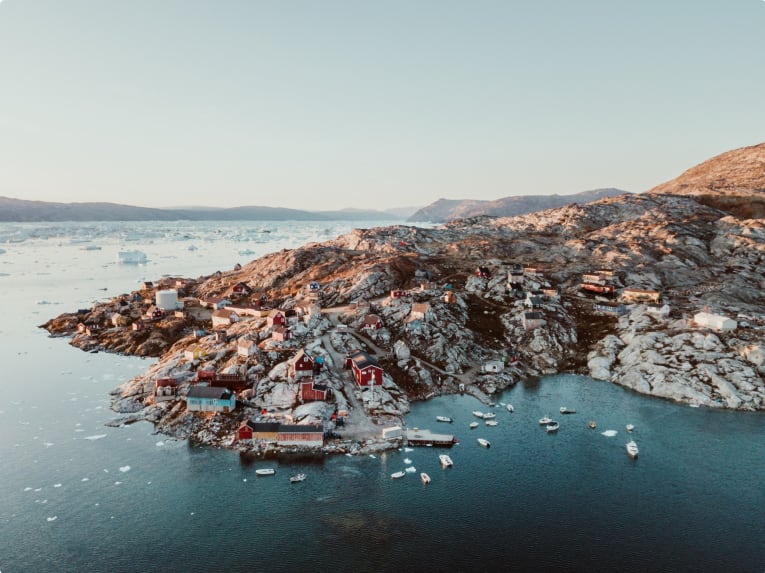
Britain’s overseas outposts include Bermuda and other Atlantic islands, including the Falklands, which Margaret Thatcher’s government successfully fought to recapture from Argentina in 1982, and folkloric St Helena and Tristan da Cunha, as well as a host of West Indian islands. Gibraltar in Europe, the British Indian Ocean Territory (rented to the United States as a navy base) and minuscule Pitcairn in the southeastern Pacific also still form part of Her Majesty’s ‘realms and territories’.
As such, various subject peoples still campaign for independence from the successor states to the old colonial empires.
The Legacy of Empire
The clearest legacy of the colonial epoch is the important transformations left on the colonised countries wherever Europeans established themselves. In Europe too, though, the legacy of empire remains prominent.
As the British sit down to a meal of curry, or the French to couscous, or the Dutch to a rijsttafel, they are consuming the products of trade in commodities and cuisines that began with colonial encounters. Even more common, coffee, tea and many spices are products of Europe’s encounter with the East, and tomatoes, maize and chocolate (as well as tobacco) were brought to Europe’s shores from the new worlds of the Americas. Sugar, meanwhile, was the precious export of plantation colonies in the West Indies and Indian Ocean, São Tomé, Fiji, Natal and colonial Queensland.
European wardrobes have also have (or at least had) a colonial legacy. Traders in China sought silks and ‘Nanleeen’ for clothing, while ‘madras’ and ‘calico’ arrived from India. Wool from Australasia and cotton from South Asia, meanwhile, were woven into cloth in the factories of the Industrial Revolution. And women bejewelled themselves with gold and diamonds from South Africa and sapphires from Ceylon.
The colonies also left their legacy on European furniture. Nineteenth-century furnituremakers liked tropical hardwoods such as teak and mahogany, and decorators cluttered houses with rugs from Persia and Turkey and knickknacks made from African ivory or mother-of-pearl from the South Pacific.
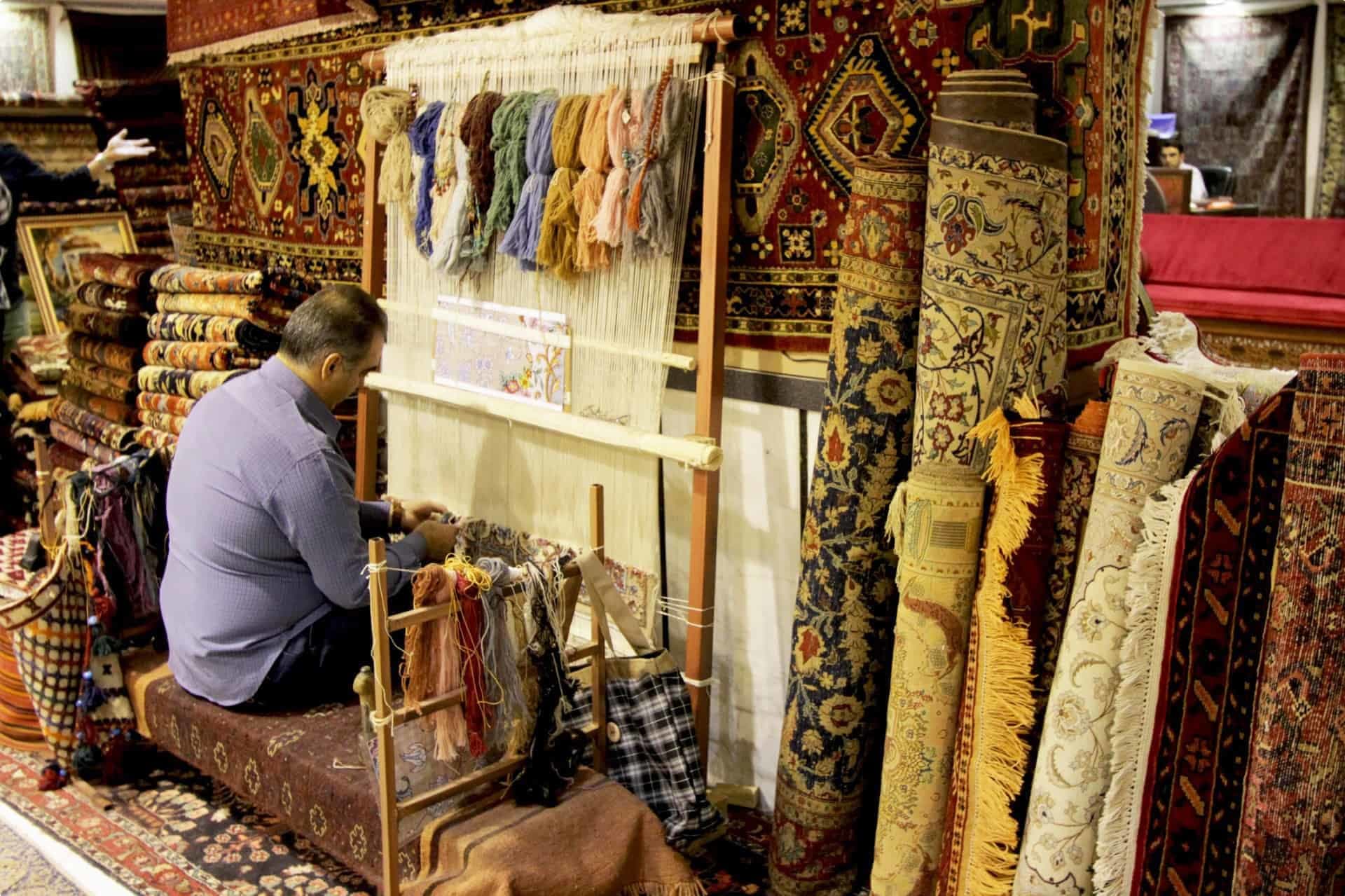
Today, Europeans view the art and artefacts of foreign countries in their museums, while colonial’ motifs appear in buildings. Botanical gardens too testify to the collection and acclimatization of colonial flora – and zoos are reminders of the European desire to tame the wild and collect the exotic. Monuments, statues, memorials and other ‘sites of memory’, meanwhile, continue to testify to the way that colonialist promoters imprinted the empire on metropolitan landscapes and national consciousness.
In various other ways too, Europe remains linked with the wider word and especially their old colonies. Europeans listen to the world music recorded in Paris or London and read the diasporic literature put forth by major European publishing houses. The line-ups of sports teams, meanwhile, especially in European football, are of players of diverse backgrounds – and cricket and the Commonwealth Games continue to tie together Britain’s old dominions and colonies.
The major cities of Europe, furthermore, stand as cosmopolitan juxtapositions of populations from many horizons. These include the South Asians in Britain, the North and West Africans in France, and, though in fewer numbers, the Surinamese and Javanese in Holland and the Ethiopians and Libyans in Italy. Many former colonies of the Caribbean and Indian Ocean are also home to a spectrum of cultures and ethnic groups.
About Odyssey Traveller: The Educational Small Group Tour Specialists
Here at Odyssey Traveller, we specialise in educational small group tours tours for solo traveller or those travelling with their partner, exclusively for senior or mature travellers, typically for groups of between 6 to 12 people, and no more than 18 travellers. Odyssey’s package holidays are tailored for the reasonably active senior or mature traveller, be you seeking over 50s travel groups, over 60, or over 70 – and whether seeking to travel as a couple or looking for solo travel tours. Odyssey has been offering this style of adventure and educational programs since 1983, not just as small group escorted tours of Australia but all around the world.
Odyssey offers a wide range of educational, cultural and heritage journeys as an organised tour that expand horizons and broaden the mind with some 300 tours listed on the website, from Dinosaurs in Mongolia to a Walking tour of the Camino de Santiago in Northern Spain or the Australian outback. Tours are designed for active, inquisitive travellers in a small tour group environment with a set itinerary. An emphasis on small group travel with a tour leader ensures a friendly and personal tour environment for you and your fellow traveller, which is at the heart of our philosophy. Simply put, Odyssey Traveller provides holidays with an itinerary for couples and holidays for solo travellers over 50.
For more information, click here, or head to this page to make a booking.
Related Tours
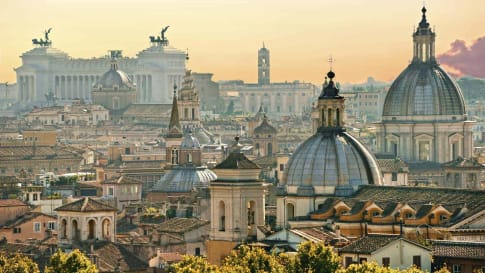
15 days
DecDiscover Rome | Cultural and History Small Group Tour for Seniors
Visiting Italy
Rome is arguably the most fascinating city in Italy, the capital city, once the centre of a vast, ancient empire and still today a cultural focus within Europe. Explore the city in-depth as part of a small group program spending 15 days exploring, just Rome and Roman History.
From A$9,235 AUD
View Tour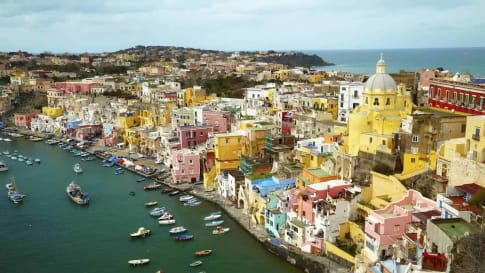
22 days
Jan, Apr, SepAncient History of Southern Italy & Sicily group tours
Visiting Italy
Our program for senior travellers, as well as featuring the rugged countryside of Southern Italy, also encompasses learning about the many civilisations that have shaped this land. We learn about the influence of the early Phoenicians, Greeks, Romans, Byzantines, Saracens, and Aragonese.
From A$16,995 AUD
View Tour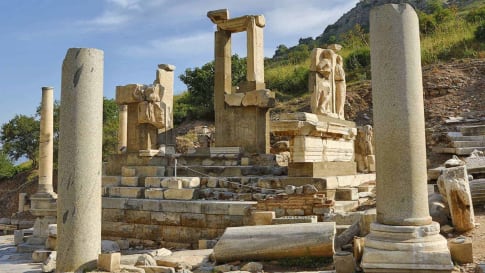
21 days
Apr, AugSmall group tour of Ancient Turkey
Visiting Turkey
As a travel company we seek to keep guests off the beaten path. Trips that are remembered for authentic experiences. Our small group journeys in Turkey are fully escorted by an experienced local guide and an Odyssey guide to give this type of experience whether at one of the many UNESCO World heritage sites explored or local bazaars. It is always about the adventure and memories that we will create.
From A$17,295 AUD
View Tour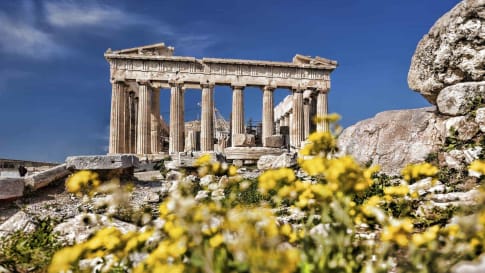
22 days
Apr, Sep, MayGreece small group escorted history tour
Visiting Greece
Our 22 day small group tour explores the land of great philosophers, myths, and legends. We will learn about the culture and heritage of modern Greece whilst exploring and learning Athens, which only found independence in its uprising from the Ottoman Empire in the 19th century.
From A$14,145 AUD
View Tour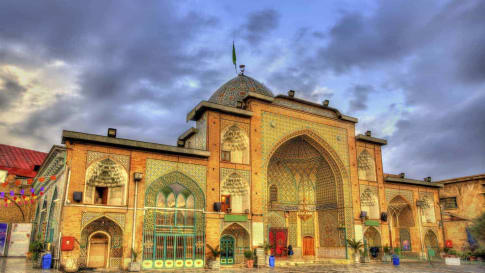
17 days
Sep, Nov, AprIran Culture and History Escorted Small Group Tour for seniors
Visiting Iran
Unlike its neighbours to the west and northwest, Iran had not adopted Christianity and it was the explosive spread of Islam and its ready adoption, without the Arabic language or customs, which helped unite the culture and greatly enrich Persian heritage. This small group tour program includes the great cities of Iran, historic sites, mosques, gardens, bazaars and teahouses for couples and solo travellers.
From A$11,825 AUD
View Tour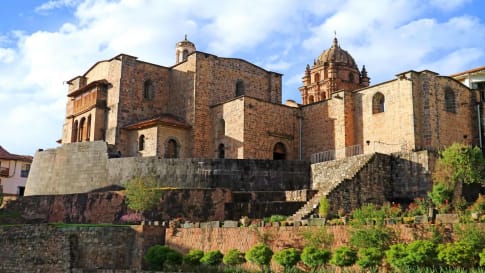
22 days
Mar, AprEcuador and Peru Archaeology tour
Visiting Ecuador, Peru
This 22-day small group tour highlights the most prominent ancient ruins and archaeological finds across Ecuador and Peru and showcases the vast culture and impact of pre- and post-Inca civilization.
From A$16,250 AUD
View Tour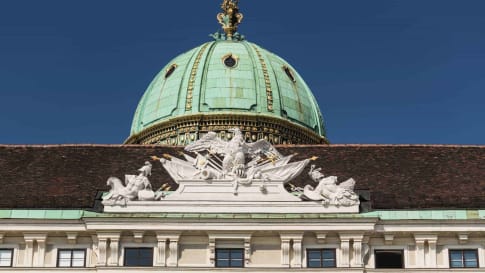
22 days
AugHabsburg Art and Classical Music small group Tour
Visiting Austria, Czech Republic
From the mediaeval jewel of Cesky Krumlow to the grandeur of the Habsburg’s summer palace in Vienna, our small group will embark on a 21 night journey to learn about these vibrant and artistically rich cities. We delve into the history of the famous artists, musicians, writers, architects and composers from Austria, Hungary, Poland and the Czech Republic.
From A$15,245 AUD
View Tour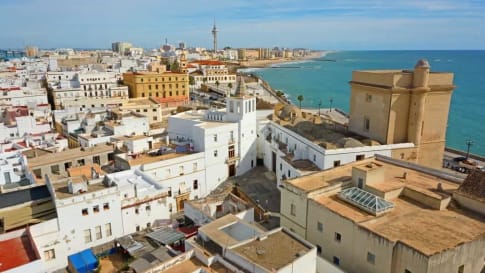
21 days
May, Aug, SepHabsburg Spain vs Tudor England: small group tour exploring 16th century history of England & Spain
Visiting England
This holiday with a leading tour operator allows the escorted tour for seniors to explore the life and times of the royal families responsible for making England and Spain so significant in the 16th century with local guides providing the travel experience for the detailed itineraries. We spend 10 days travelling from London to Madrid.
From A$14,295 AUD
View Tour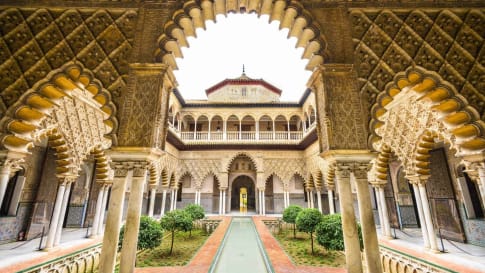
17 days
Mar, OctMoors in Spain
Visiting Spain
A small group tour of Spain exploring Spain's Moorish past. Your tour leader discovers and traces of the art, architecture, and culture and religious reign and of the Moors in Spain visiting their key cities of Madrid, Toledo, Seville and the cities of Andalusia.
From A$15,100 AUD
View Tour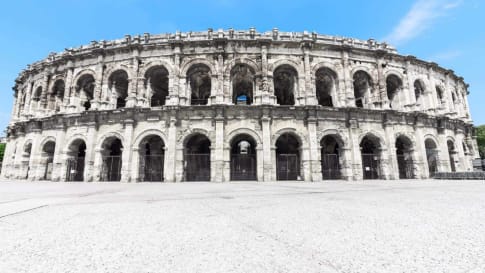
20 days
AugRomans in France small group specialist history tours for seniors
Visiting France, Switzerland
Join our small group tour to explore what remains of the Roman Gaul. France, Belgium, Luxembourg and South-west Germany were occupied by Roman Gaul some 2,000 years ago. To this region the Romans brought roads, bridges, education, cities and, perhaps, above all the Peace of Rome.
From A$16,995 AUD
View Tour22 days
AugRoman Britain
Visiting England
On this small group tour explore with a tour director and local guides the world of Roman Britain. The Romans occupied Britain for some 400 years and left behind a lasting legacy from roads Hadrian's wall to Roman Baths many are UNSECO World heritage listed.
From A$14,545 AUD
View Tour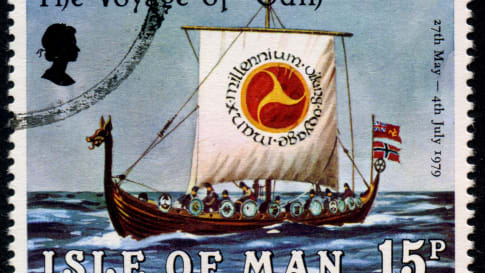
28 days
Jun, Sep, May, AugVikings in Britain; small group tour
Visiting England, Ireland
Vikings in Britain, escorted educational small group tour for senior couples and mature solo travellers who for 27 days explore Ireland, the isle of Man, Scotland and England and the viking history.
From A$20,385 AUD
View Tour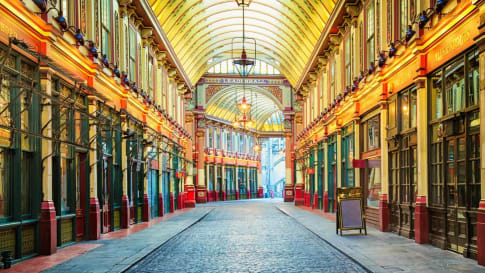
21 days
Sep, JunQueen Victoria's Great Britain: a small group tour
Visiting England, Scotland
A small group tour of England that explores the history of Victorian Britain. This escorted tour spends time knowledgeable local guides with travellers in key destinations in England and Scotland that shaped the British isles in this period including a collection of UNESCO world heritage locations.
From A$15,880 AUD
View TourRelated Articles

History of British Rule in India (1750 to 1805): Definitive Guide for Travellers
History of British Rule in India – learning for travellers This article will provide a brief overview of the several wars that were fought in India at the end of the Mughal empire that transitioned…
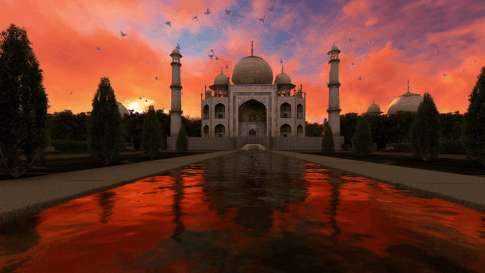
India's Mughal Empire
India’s Mughal Empire More than 4 centuries ago the Mughal empire was an immensely successful empire, covering the entire subcontinent of India and reaching a population of 100 million at its peak. It is because…

Mughals and Marathas: The Definitive Guide
The Clash of the Mughals and the Marathas The Mughal Empire officially ruled in India from approximately 1526 until 1856. Unofficially, however, Mughal reign became obsolete much sooner than 1856. It was in the later…
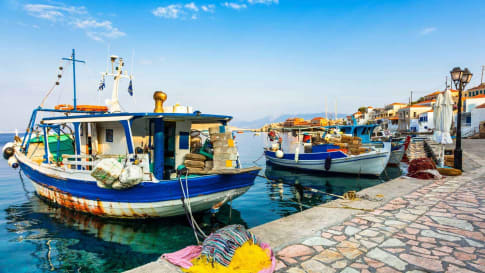
Empires Crossing the Mediterranean: 1130-1300
As a sea connecting continents and stretching from the Atlantic Ocean in the west to Asia in the east, the Mediterranean has for centuries been a centre of trade and exploration.
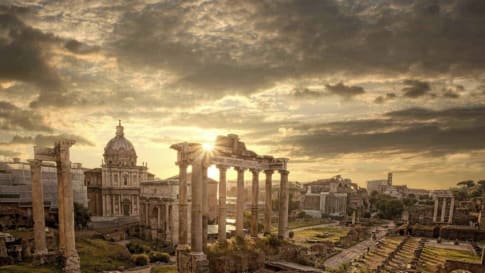
The Roman Empire
The Roman Empire The Roman Empire at its peak covered an area of five million square kilometres (1.9 million square miles) and included territories in Asia, Africa, and the Western European nations around the Mediterranean…

The Sicilians and their Kings
The Sicilians and their Kings While popular images of Sicily might focus on the active volcano, Mount Etna, or the poverty that led to the mass migration of Sicilians to America, forming today’s communities of…
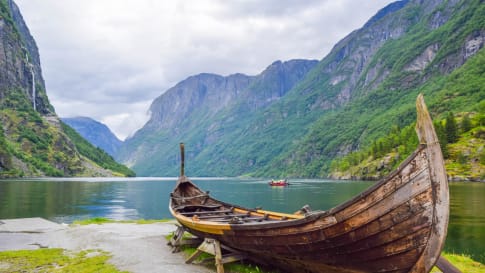
The Vikings
Vikings explored, pillaged, settled and traded their way in 300 years across the North Atlantic in the Longships to Iceland and Greenland or south through Europe/Russia to Istanbul and Persia. Learn more on a small group educational tour for senior couples and mature solo travellers interested in Viking history.
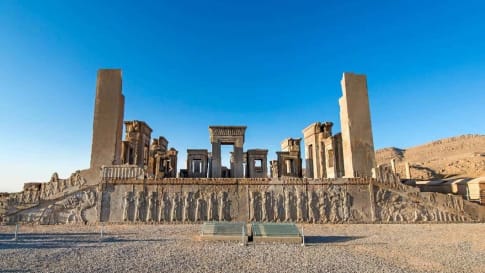
Highlights of Iran | Persepolis
Highlights of Iran | Persepolis Persepolis was once the capital of an empire that ruled a territory that covered Egypt to India. It is one of the wonders of the ancient world. The Achaemenid Kings…
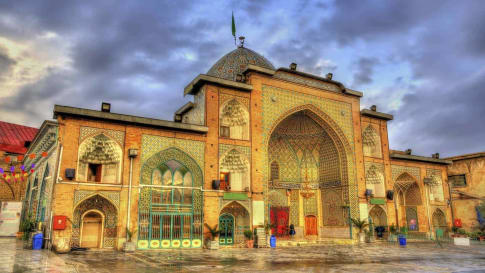
The history and monuments of ancient Iran
Visiting Iran | Small group tours Iran Women visit a carpet store in Shiraz, Iran. Throughout history, Iran’s position in the centre of the famous Silk Road has seen it crisscrossed by travellers, traders and…
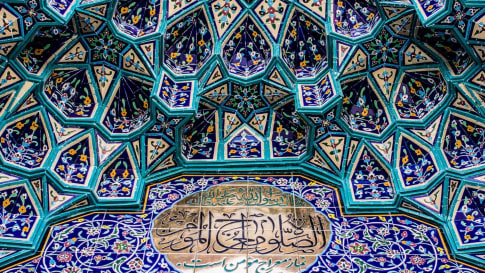
The Legacy of the Safavids in Persia
Legacies of Persia’s Safavid Dynasty | Small group tours Iran Modern-day Iran is full of tiled architectural gems and of immense artistry, textiles and culture. But this is all thanks to its to the legacy…

